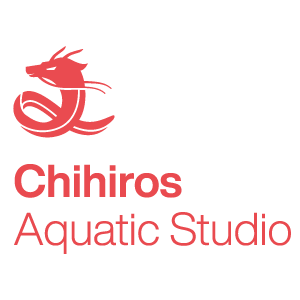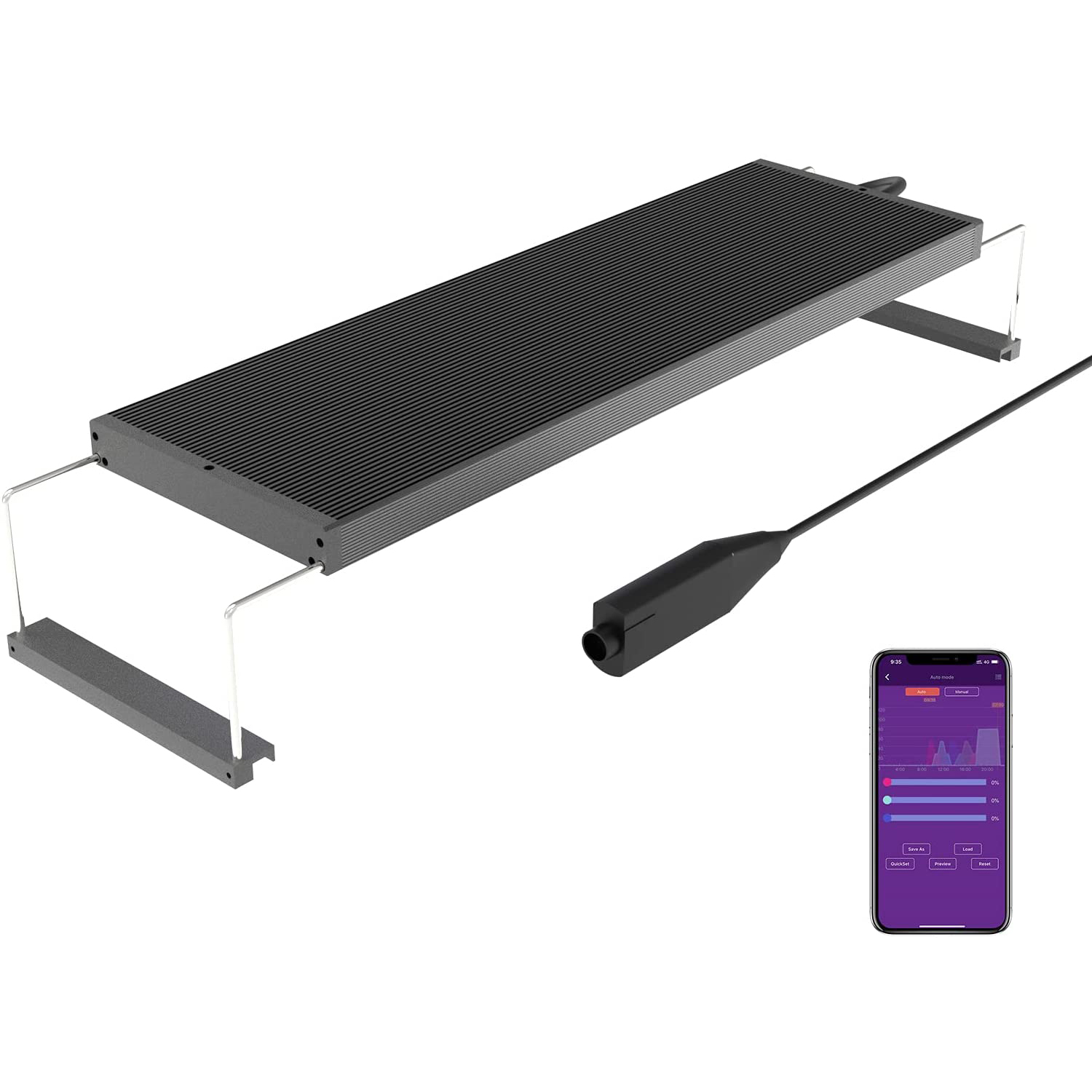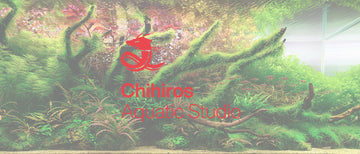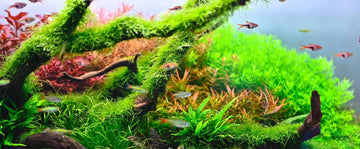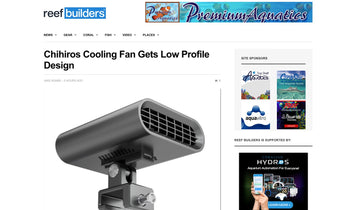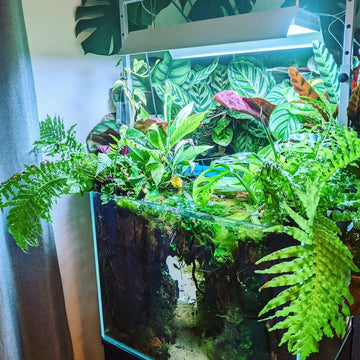Choosing the right light is one of the most important aspects of an aquarium. It can also be one of the most confusing, especially for beginner aquarists. Choosing the best light fixture for your aquarium depends on the needs of the animals and plants you'll be keeping, the size and dimensions of your aquarium and your budget.
Fish and Plant Needs
The number 1 reason to have a light on your aquarium is to enjoy the beauty of the fish, plants and decorations. In addition, the fish need to see so they can get around, find food and interact with each other. But there are other considerations; fish and live plants have specific light needs. Some fish inhabit open water in rivers, streams and lakes, where the light is bright most of the day. Others prefer dimmer habitats among fallen logs or under overhanging vegetation. The same applies to plants; some grow in shallow or open water, where the light is bright and constant throughout the day. Others are found in deeper water or in the shadow of taller plants or overhanging shrubs and trees. It's important to choose a light that is appropriate for the types of fish and plants you keep.
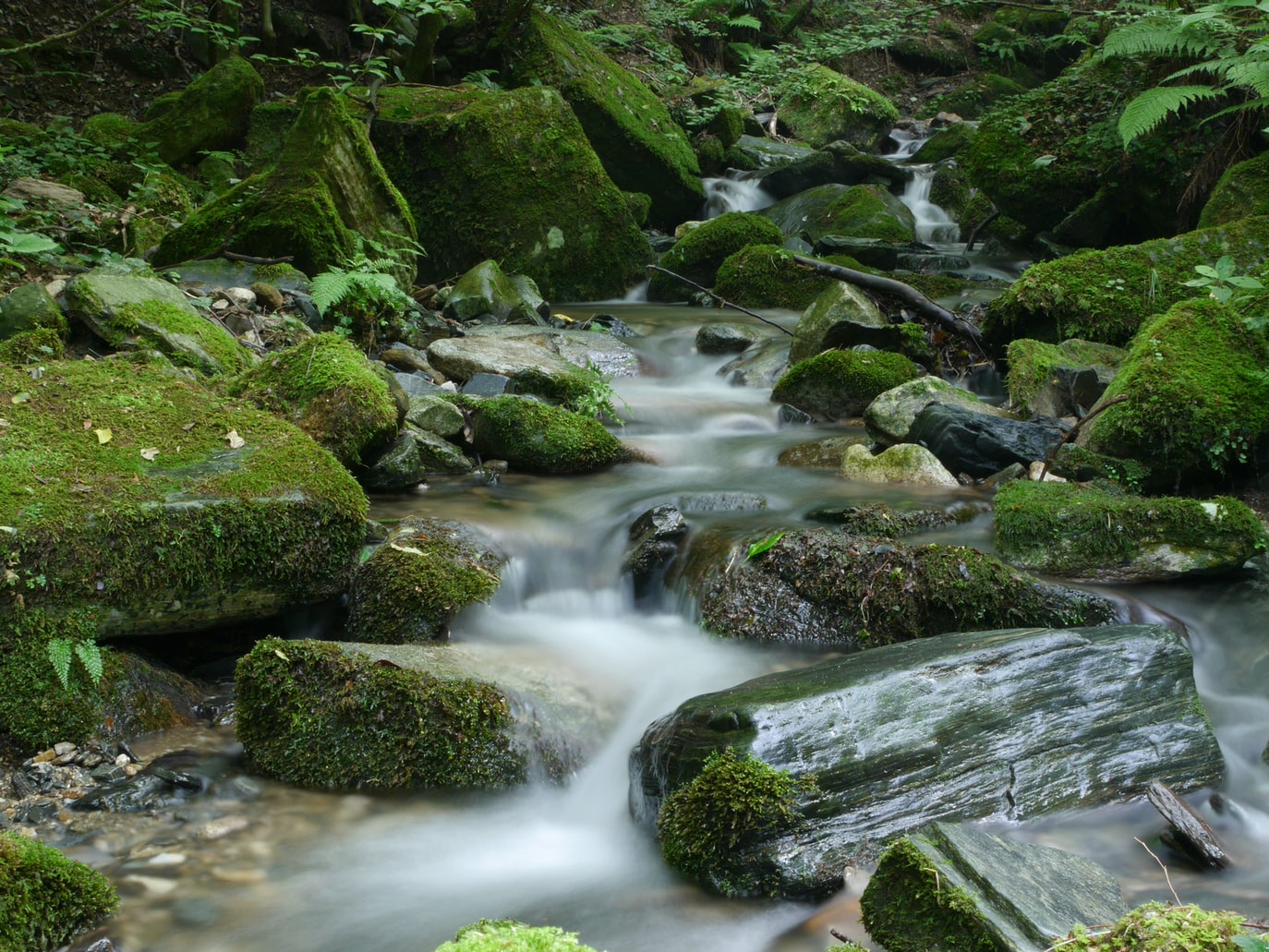
How To Choose The Right Aquarium Light - chihiros WRGBII
Light Intensity And Spectrum
Not all light is created equal. Intensity refers to how strong or "bright" a light is. Spectrum is a way of describing the mixture of different colors – or wavelengths – a light produces. Light spectrum is often given a Kelvin rating or "K rating". Light sources that give off a yellowish or warm effect have a low Kelvin rating, while those that produce a crisp bluish-white or cool light have a high Kelvin rating. Most freshwater aquarium lights are rated between 5,500 and 8,000 Kelvin.
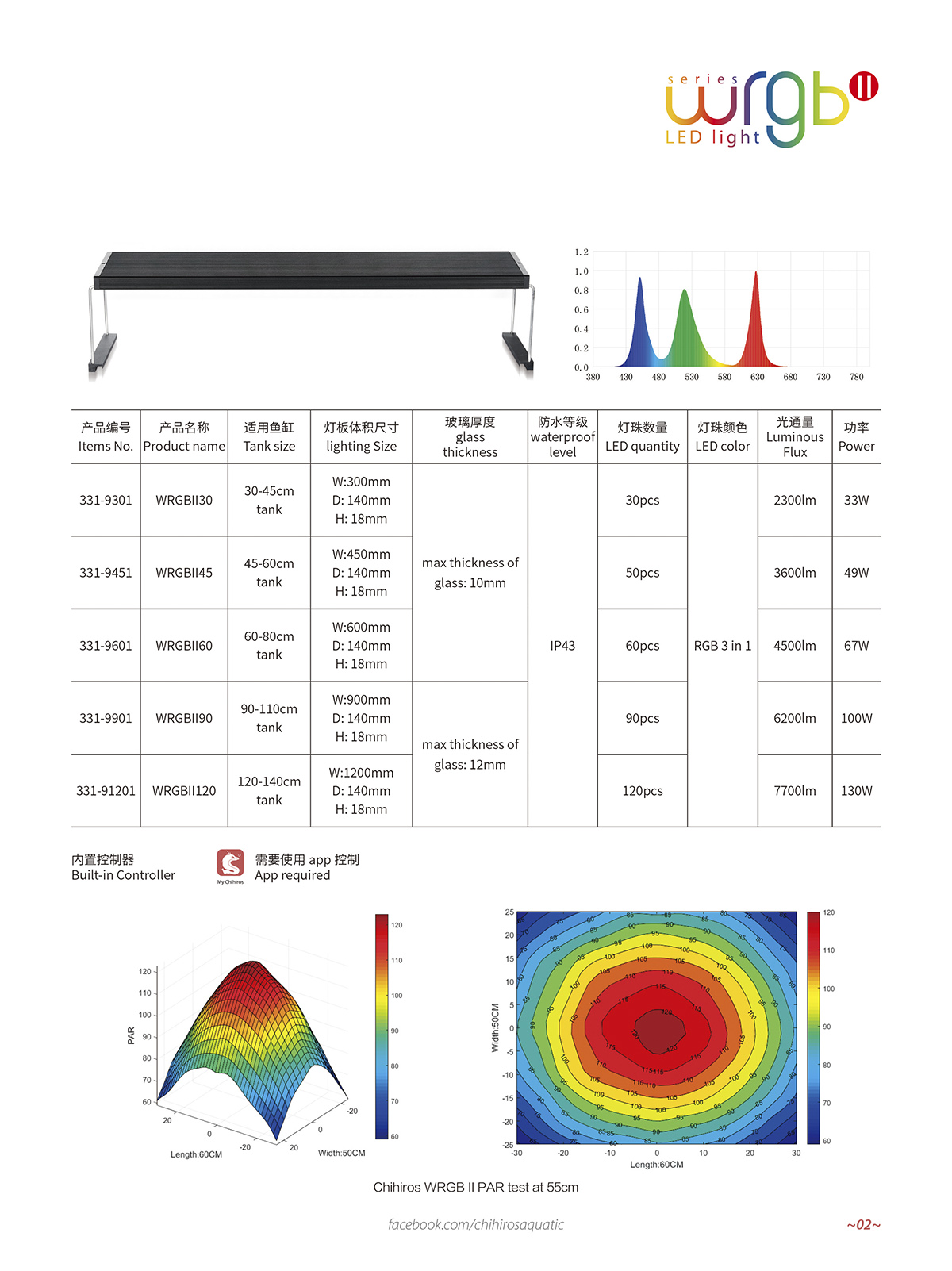
Intensity and spectrum are less important in aquariums or with artificial plants, although some lights enhance natural colors better than others. A light that's too intense may promote algae, especially in non-planted tanks. Where live plants are concerned, proper intensity and spectrum can make a difference between success and failure. Water depth is a factor, as well. Certain wavelengths, especially blue, penetrate deeper into water than others, and this can be critical to live plants. Let your local dealer know your tank's height and the types of plants you want to keep when getting advice on the best light fixture for your aquarium.
How To Choose The Right Aquarium Light - chihiros
LEDs are one of the most popular lamps in the aquarium market today.
It has excellent color rendering, can better save energy, and does not generate high temperature.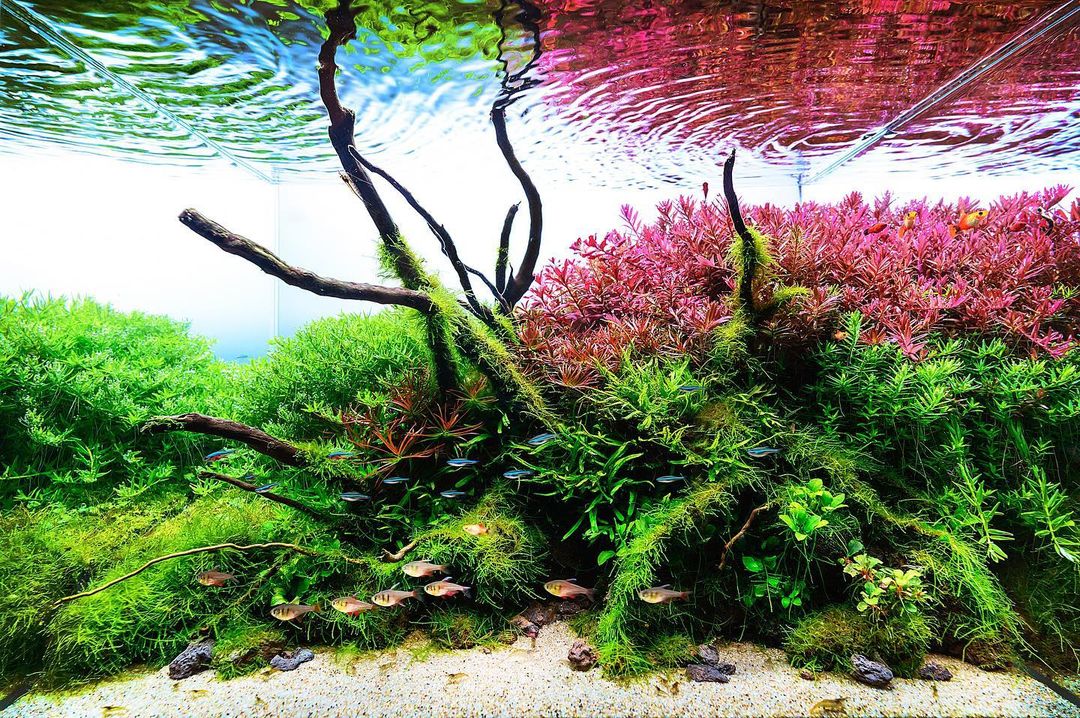
The Chihiros WRGB II LED serves the complete color spectrum of aquatic plants with its optimized design of White, Red, Green, & Blue colored LEDs. It is suitable for very densely planted aquariums that need intense lighting. The WRGB II red, green & blue LEDs helps plants look healthy and vibrant with relatively low power consumption keeping your lights & water cool. The different LEDs produce a high spread to avoid shading & suit aquarium sizes from 30-140cm(11.9-55in)L
The LED is programmed via the "My Chihiros App" with a built in app & does not need a external controller, differentiating the WRGB II LED from the WRGB I. The app offers individual control over the three color channels "R" (red), "G" (green) and "B" (blue), allowing for ramping of each channel, sunrise/sunset, & a built in timer.
Perfect choice for high-tech aquariums, even with the most demanding plants. With the help of the built-in Bluetooth controller and the My Chihiros application you can change the color and brightness of the light to your liking so you can easily achieve the perfect look for your own taste. You can even set sunrise and sunset with a few clicks in the app which is not only cool but also better for your fish than suddenly turning the light on or off.
By default, you can only controll the light via bluetooth, if you also want to use it via wifi, we recommend purchasing the Wifi Hub.
Chihiros WRGB II LED (Built-in Bluetooth)
Day/Night Cycle
It's important for all living things to have a regular day/night cycle for optimum health and well-being. In the tropics, where most aquarium fish, invertebrates and plants come from, there are 12 hours of light (known as the photoperiod) and 12 hours of darkness every day of the year. Planted aquariums do best with 12 hours of light, while those without live plants will have less algae with a photoperiod of approximately 8 to 10 hours. Use a timer on your aquarium light to create a consistent day/night cycle. To enjoy your aquarium during evening hours, place it away from windows and set the timer accordingly.
Chihiros Wrgb2 Pro (Built-in Bluetooth)
On average, it is 40% more intense than the WRGB II lamp. Many have even wondered what makes sense for such a powerful lamp when few already use the WRGB II lamp at 100% brightness. They're right, too, as WRGB II is a perfect fit for most conventional-sized aquariums. However, there are non-traditional sizes, such as aquariums deeper than 50 cm, where more intense lighting does have a reason. At the same time, some "hardcore" aquascapers need even more brightness for better growth more reds in their layout. This LED lamp satisfies the needs of all aquarium owners with delicate tastes.
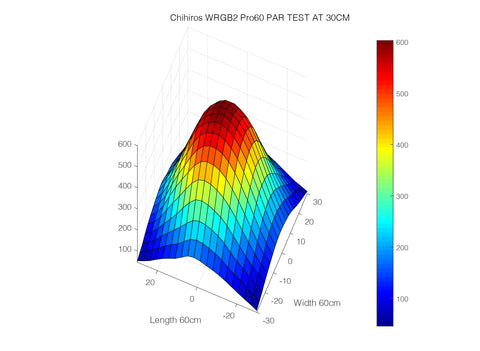
Of course, you can take back the brightness through the application, but you can also set the timing, sunrise, and sunset. If you dig in a little better, you can even set a bluish moonlight effect at night.
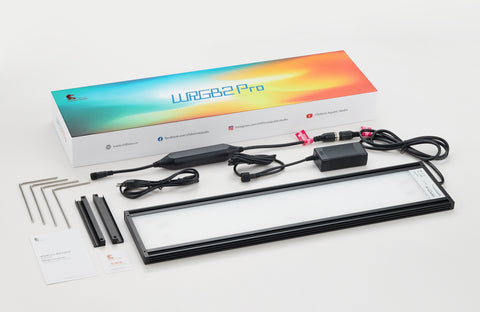
There are also changes in the mobile application compared to the WRGB II lamp. The older lamp only had three color channels to adjust the color temperature (RGB) and the ratio of different colors. The new WRGB II Pro has an extra white (W) channel for fine adjustment and more control over the appearance. Of course, as with the other WRGB II and Vivid lamps, the shaders and hanging kit are also available for the new model.
In addition, the manufacturer guarantees an operating time of over 30,000 hours with this extreme performance.
How To Choose The Best Aquarium Lighting - chihiros
Algae And Light
A commonly held belief in aquarium keeping is that too much light causes excessive algae growth. Algae are nature's way of purifying water and are a natural part of any aquarium. The truth is that nuisance algae outbreaks are more often caused by nutrient build-up than lighting issues. Planted aquarium owners rarely need to clean algae even though they use high output lighting because nutrients are quickly utilized by the plants, thus starving any algae. The trick to preventing algae growth is to manage nutrients with regular water changes, chemical filter media and not overfeeding your fish, along with providing the right amount of light.
In aquariums, the term "nutrients" refers to nitrate and phosphate, which typically come from fish food and the resulting fish waste. But there is another source, which is tap water. Many tap water sources contain high levels of these impurities and performing water changes with nitrate or phosphate-laden water will not reduce levels and may even cause them to rise.
Choosing the right light for your aquarium enhances its natural beauty and ensures the long-term health of your fish, plants and invertebrate life!
